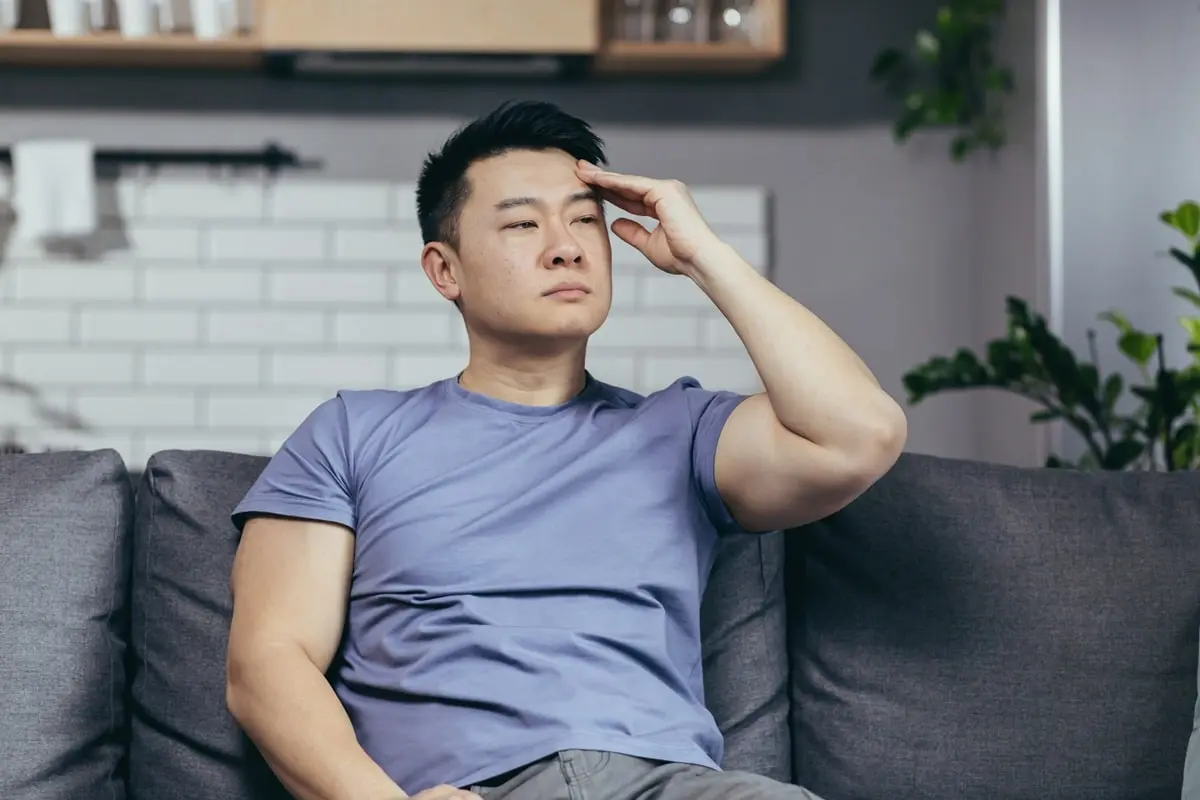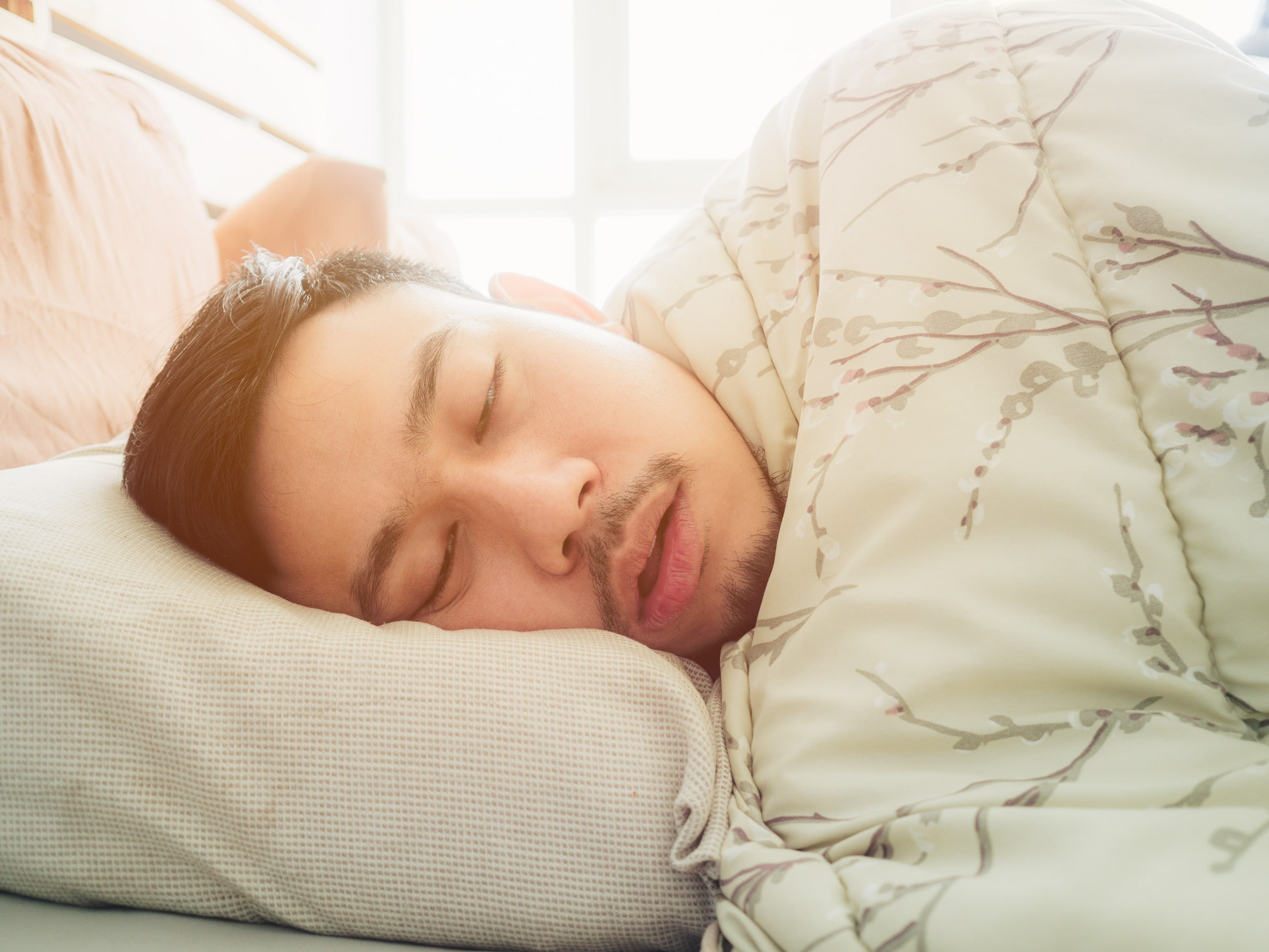
If you suffer from chronic difficulty sleeping that’s been going on for months or years, you might want to learn about CBT-I. Read on for more information.
Last updated: March 3rd, 2025
Do you struggle with insomnia? People with insomnia often experience irregular sleep times, difficulty falling asleep, difficulty staying asleep, early awakening, daytime fatigue, excessive napping, … and the list goes on. In fact, current statistics show that approximately 30% of the general population suffers from some of these symptoms of insomnia and about 10% of adults have insomnia that is severe enough to cause daytime consequences (American Academy of Sleep Medicine). So, given the popularity of sleep complaints, what can we do to address our insomnia? Well, quite a lot actually. The first step is to understand how sleep works on a biological level.
Homeostatic Sleep Drive
“Homeostasis” is the tendency of living organisms to maintain equilibrium in internal conditions (e.g. body temperature) to maintain health and functioning. To do this, all of us have a biological rhythm (or a clock) that is wired into each cell of our body. The sleep-wake cycle is regulated by this clock and generates a “sleep drive,” or pressure to sleep, that is related to the amount of physical and mental activity we expend each day. Simply put, the longer we have been awake and active, the stronger the desire and need to sleep becomes, and the more likely we are to conk out as soon as our head hits the pillow. In other words, the longer we have been asleep, the weaker our sleep drive; the longer we have been awake, the stronger our sleep drive.
The 3P Model — Predisposing, Precipitating, and Perpetuating Factors
The development of insomnia can be acute (short-term) or chronic (long-term). To better understand this, consider the 3P model that is outlined below:
- Predisposing Factors: These factors are psychological or biological characteristics that increase our likelihood of developing sleep difficulty based on existing research. Examples include: female gender, anxiety, being a night owl naturally but having an early shift. These factors do not directly cause insomnia but can increase the risk of sleep difficulty.
- Precipitating Factors: These factors are initial events that first trigger the onset of insomnia. These can include life stressors, transitions, death of a loved one, illness, or romantic or occupational stress. One common example of a precipitating factor would be having a baby. Having a newborn in your home may affect your ability to fall and stay asleep as you acclimate to the new demands of caring for a baby.
- Perpetuating Factors: These are psychological or behavioral characteristics that develop over time and maintain sleep difficulty. These are typically behaviors (i.e. napping, spending too much time in bed) and/or thoughts or beliefs about sleep deprivation (e.g. fear of sleeplessness, worries about daytime functioning). For example, after a night of limited sleep, an individual may worry about their performance at work the next day and these worries may interfere with their ability to fall asleep the following night.
Thinking about insomnia as caused and maintained by a combination of the above factors is one way that a CBT therapist can understand and treat insomnia using approaches such as CBT-I.
Cognitive-Behavioral Therapy for Insomnia (CBT-I)
CBT-I is the current gold standard for treating insomnia and is the preferred method of treatment for long-term benefit. This is particularly important given that medications for sleep are not meant for long-term use and carry significant risk for side-effects. Therefore, physicians today are increasingly recommending CBT-I (and not medication) as a primary treatment for persistent insomnia. Below, we include a description of some of the important parts of CBT-I but remember that the information below is for education purposes only and that this treatment should be administered under the guidance of a professional therapist trained in CBT-I.
Sleep Restriction
In some cases of chronic insomnia, it is recommended that individuals restrict their time in bed. In CBT-I this is called “sleep restriction.” Sleep restriction involves limiting time in bed so that any time in bed is spent doing restful activities (i.e. sleeping, reading, etc.) rather than being awake and stimulated (i.e. watching a thrilling TV show). It is recommended that individuals who suffer from chronic insomnia restrict their time in bed to about 6 hours (i.e. 12 am — 6 am, 11 pm — 5 am) when starting out with this treatment. Although this schedule can be difficult initially, it will gradually build a sleep debt that facilitates falling asleep at bedtime. (See above section on homeostatic sleep drive.) As sleep quality improves, the sleep window can be increased gradually by an additional hour in the morning to allow for more sleep.
Stimulus Control
Many people with insomnia do not have trouble falling asleep but have trouble staying asleep. They may wake up in the middle of the night and spend hours, in bed, hoping to fall asleep again. In this case, it is recommended that after approximately 15-30 min of difficulty falling back sleep that individuals leave their bed and engage in a relaxing activity (i.e. light reading, knitting, or listening to podcasts or audio-books) until drowsiness returns. At this point, they can go back to bed. The rationale for this is based on the fact that over time, if the bed is used only to sleep, the bed becomes a signal for our body that it is time to rest and sleep. For similar reasons, it is also recommended to refrain from sleeping in any room of the house except the bedroom as this will help strengthen the association between the bed and periods of rest. For more related tips, see our post on sleep hygiene.
Cognitive Techniques
Lastly, many individuals who struggle with insomnia develop fearful predictions about their functioning or health after a night of sleep deprivation. For example, someone may strongly believe that he/she will fail to perform at work the next day if they do not achieve 8 hours of sleep. This thought alone can keep them up for hours!
The truth is that most healthy adults need about 7-8 hours of consolidated sleep each night but can perform all basic physiological functioning after about 5 hours of sleep. And while you may not feel your best after a night of poor sleep, research shows that there is no severe threat to mind or body after an occasional night of sleep deprivation. Therefore, CBT-I therapists teach patients to re-evaluate fears about sleep deprivation. Patients then learn to practice thinking differently about these situations. Remember: an occasional night or two of fitful sleep is a common occurrence for most healthy adults.
We hope this piece on CBT-I is a useful resource for you and your loved ones. Please remember to contact a therapist trained in CBT-I to implement these techniques.
If you’re looking for a sleep therapist who can help you get back to how you used to sleep, please contact us.
Subscribe to the Manhattan Center for Cognitive-Behavioral Therapy blog!









